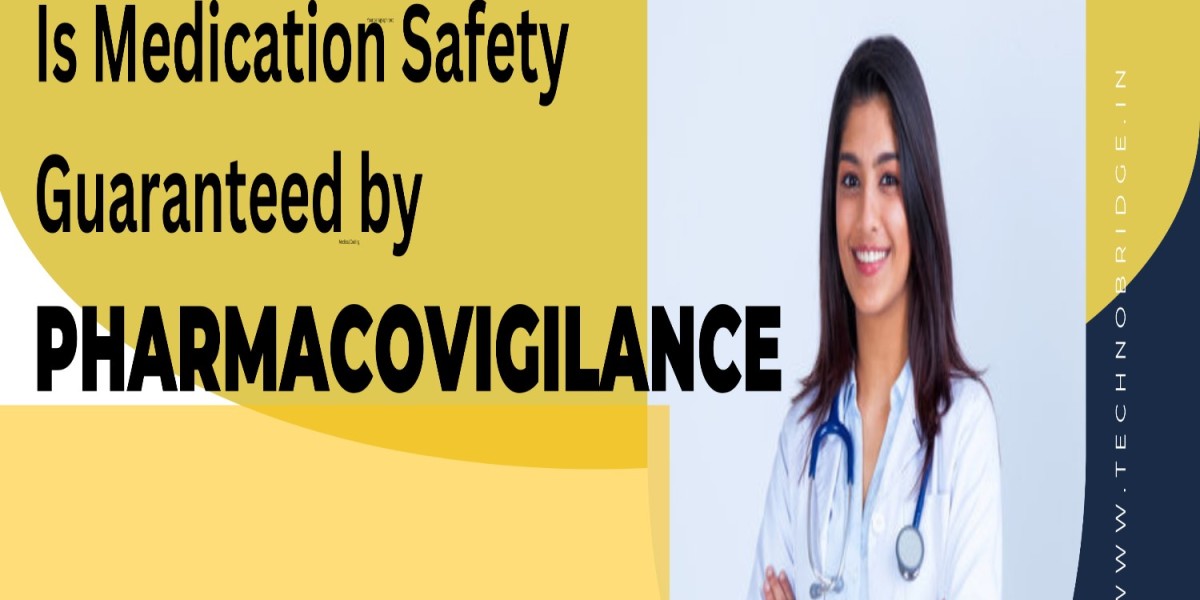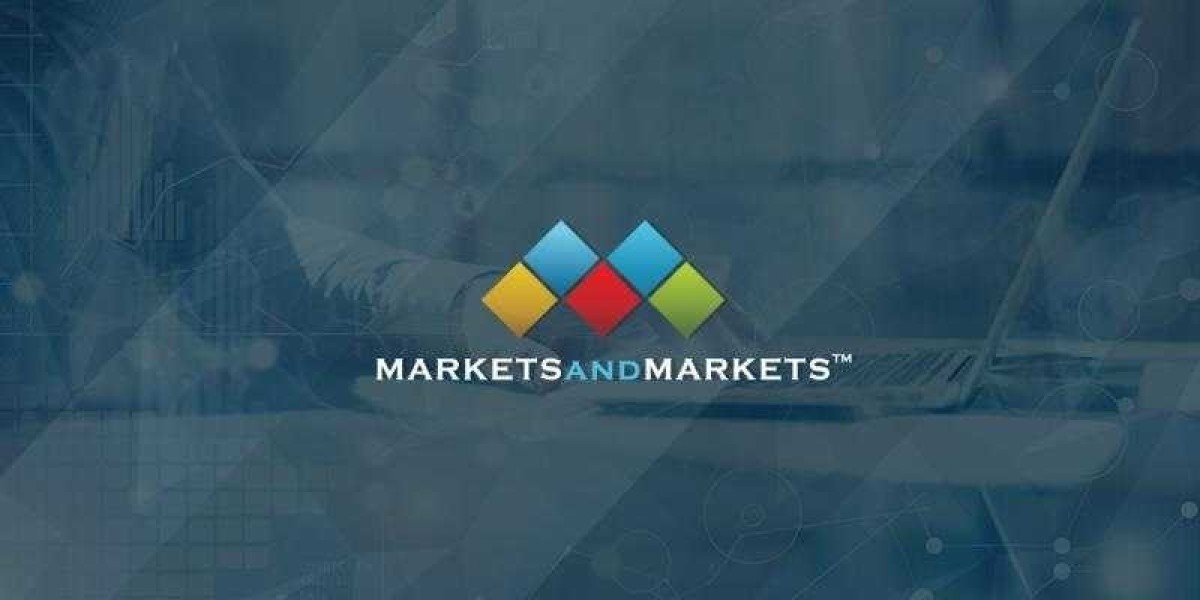Pharmacovigilance, the watchful guardian of medication safety, steps in when unexpected side effects—like a headache, throat tickle, or peculiar taste—arise after popping a pill. Medications are crucial for treating various conditions, yet they can bring unforeseen consequences. This fascinating behind-the-scenes operation ensures these impacts are closely monitored and managed.
Think of pharmacovigilance as a secret mission to keep your medications safe, from the moment they're created in a lab to the time they reach your medicine cabinet. It's like having a team of silent guardians constantly watching over your meds, making sure they stay as safe and effective as possible.
Why is Pharmacovigilance Important?
Testing new medications is a crucial step before they're available to the public. Scientists conduct rigorous clinical trials to assess their effectiveness and identify any major side effects. But here's the catch: these trials usually involve a limited number of participants, and sometimes, rare or long-term side effects might slip through the cracks.
Pharmacovigilance: A Lifelong Watchdog
This is where pharmacovigilance steps in. It's like a lifelong watchdog that continues monitoring medications even after they're approved for use. Think of it as a three-act play:
Act 1: Testing Time (Before the Medication Reaches You)
While scientists test new medications carefully, it's like trying out a new recipe with a small group of friends. Pharmacovigilance helps gather more information in this stage, analyzing data from clinical examinations to identify any potential safety concerns.
Act 2: Real-World Action (Once You Start Taking the Medication)
Now, imagine millions of people across the globe using the same medication! This is where pharmacovigilance truly shines. Doctors, pharmacists, and even you, the patient, can play a vital role by reporting any unexpected side effects you experience. The more information collected, the better the understanding of the medication's overall safety profile.
Act 3: Keeping Everyone Safe (Taking Action Based on Information)
With all this intel gathered from reports and ongoing studies, the pharmacovigilance team can assess if there's a potential safety issue. Based on their findings, they might take action such as updating the medication's instructions, issuing warnings to doctors and patients, or even taking the medication off the market if necessary.
Who are these Silent Guardians?
It's a team effort! Pharmacovigilance involves a collaboration between various heroes:
- Regulatory Agencies: National and international regulatory compliance like the FDA and the World Health Organization (WHO) play a crucial role. They analyze data collected from various sources, identify potential safety concerns, and take necessary actions to protect public health.
- Pharmaceutical Companies: The companies that develop and market the medications have a legal obligation to collect and report information on potential side effects. They actively monitor data from clinical trials, post-marketing studies, and spontaneous reports from healthcare professionals and patients.
- Healthcare Professionals: Doctors, nurses, and pharmacists are at the forefront. They are responsible for identifying and reporting any suspected side effects observed in their patients.
Empowering You to Be Part of the Solution: Pharmacovigilance Training & Education
The good news is, you don't have to be a healthcare professional to be part of the mission! Pharmacovigilance courses are available to help anyone understand how to identify and report side effects. Whether you're a curious patient who wants to be more informed about their medications or someone interested in a career dedicated to medication safety, these courses can empower you to play an active role.
Tools for the Guardians: Keeping Track of Medication Safety
The pharmacovigilance team, our silent guardians, have some cool tools at their disposal to gather information:
- Spontaneous Reporting Systems: This is where healthcare professionals and patients can directly report any suspected side effects to regulatory agencies or pharmaceutical companies. These reports are like puzzle pieces, helping the team build a bigger picture of the medication's safety profile.
- Cohort Studies: Pharmacovigilance careers involve cohort studies, where researchers track patients on a specific medication for a long time. This detective work helps uncover hidden safety concerns that might miss short trials, ensuring long-term medication safety!
- Registries: These are databases that collect data on specific diseases, medications, or populations. By analyzing data from registries over time, researchers can identify trends and long-term safety issues.
Conclusion:
The world of pharmacovigilance is a continuous cycle of improvement. By identifying and analyzing potential side effects, it helps to constantly refine the safety profile of medications. This leads to safer dosage recommendations, clearer labeling, and ultimately, improved patient care.
Remember, medications are powerful tools for treating a wide range of illnesses. However, it's important to be aware of potential side effects. By partnering with the silent guardians of pharmacovigilance and considering relevant training, you can take an active role in ensuring the safety and effectiveness of your medications, not just for yourself, but for everyone.



